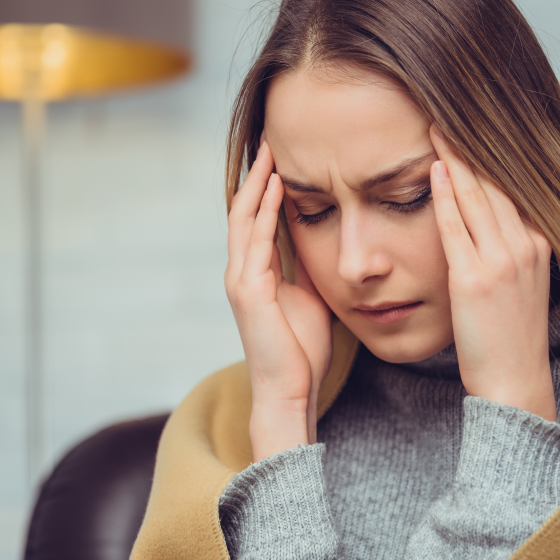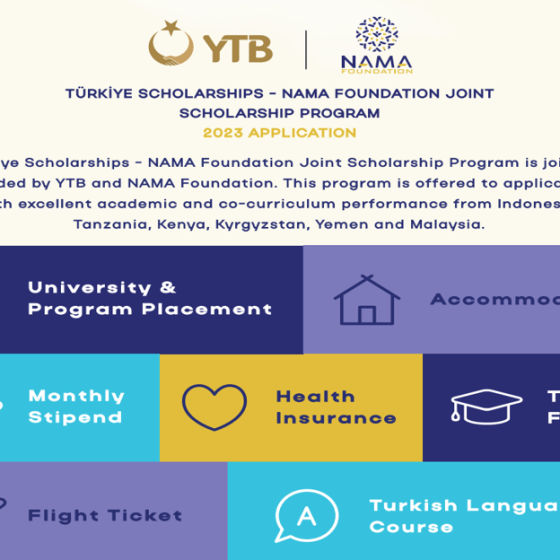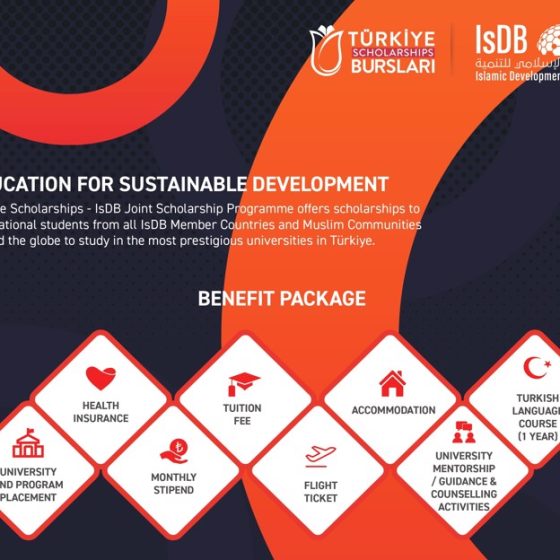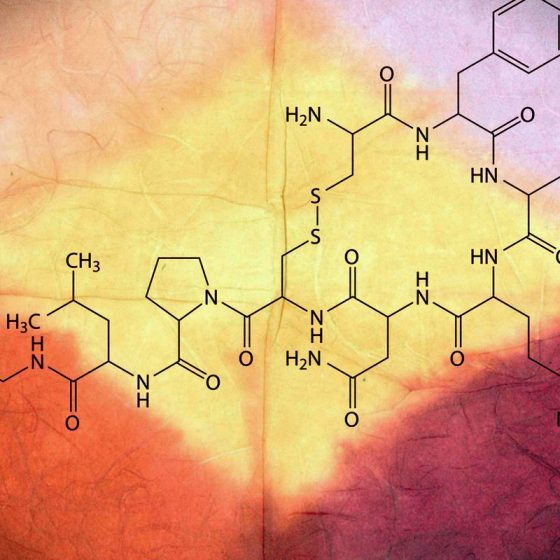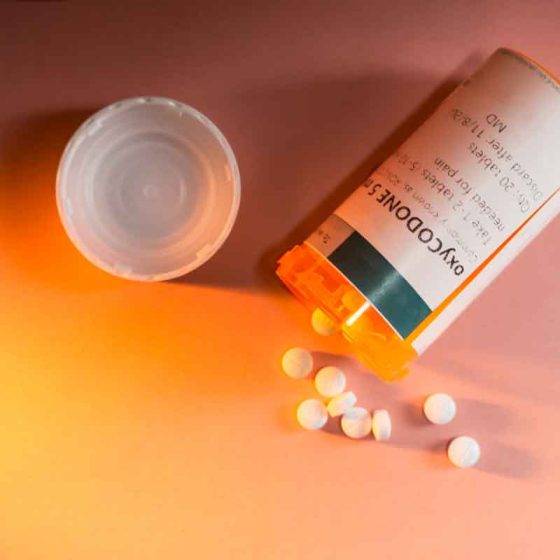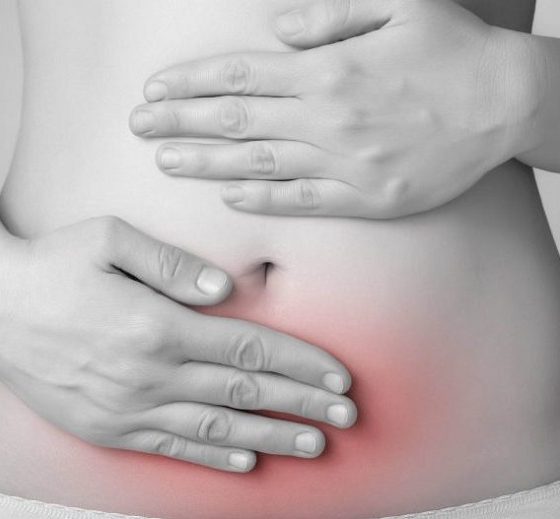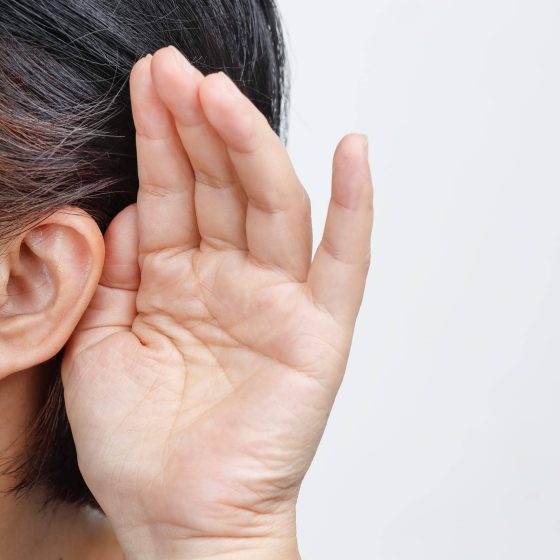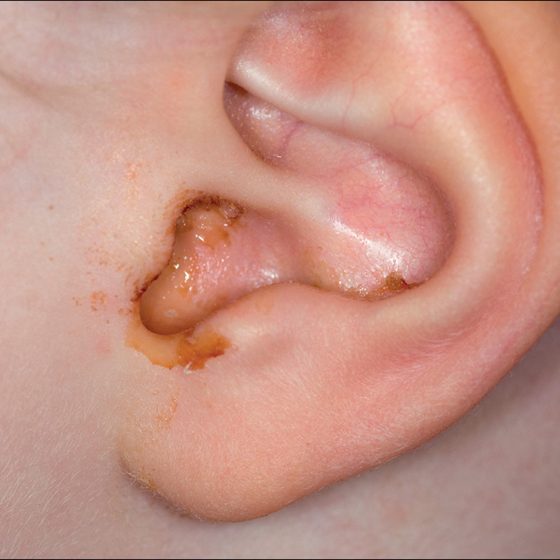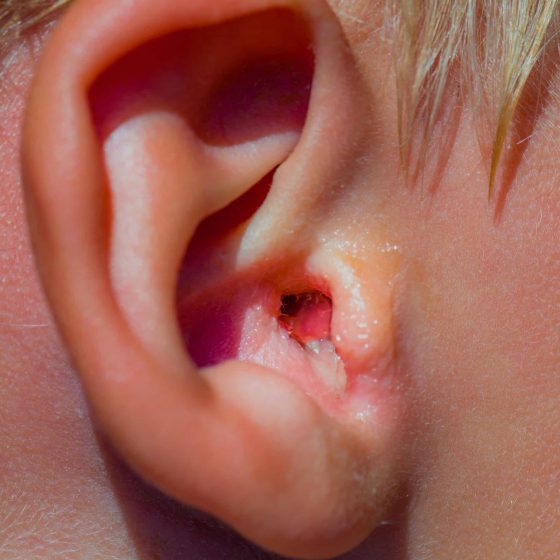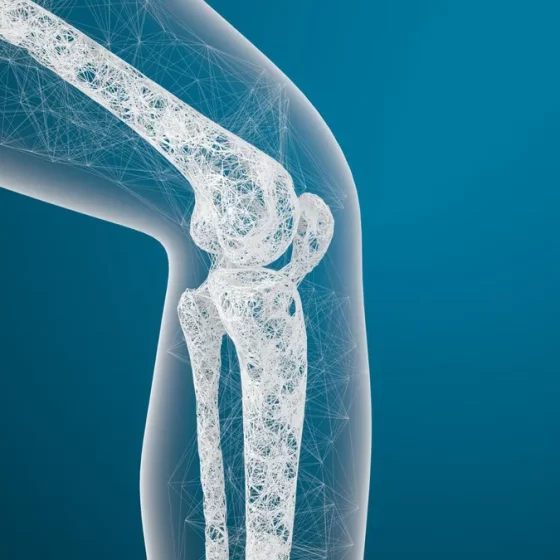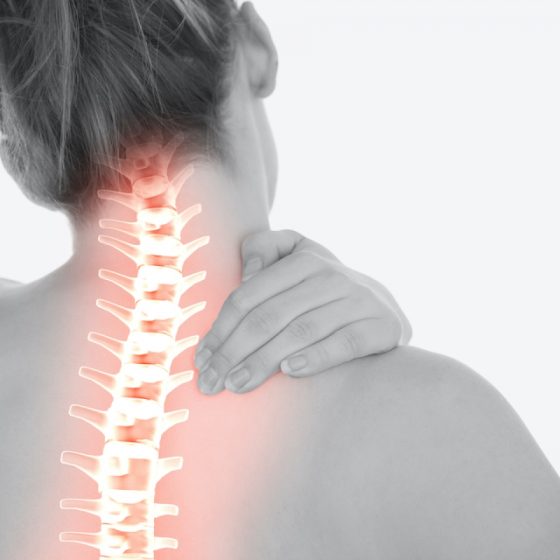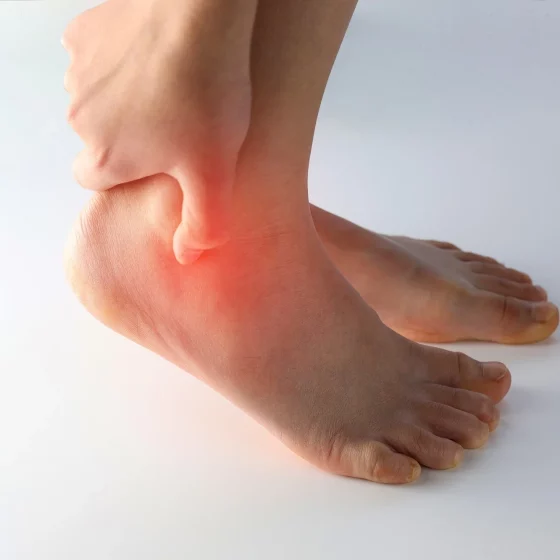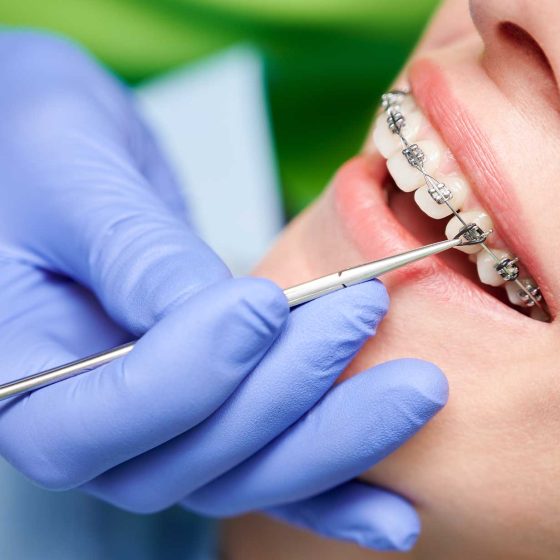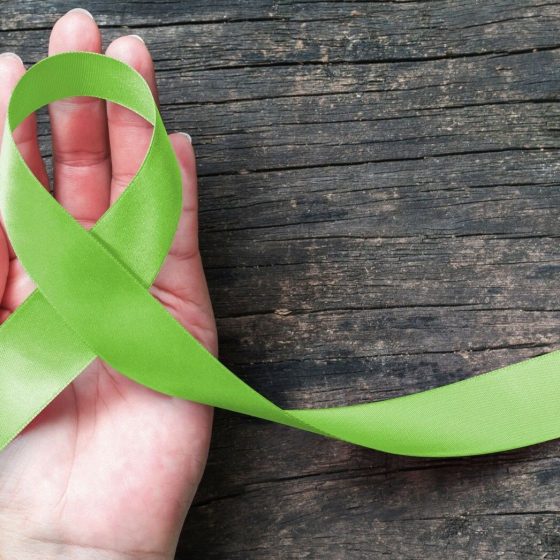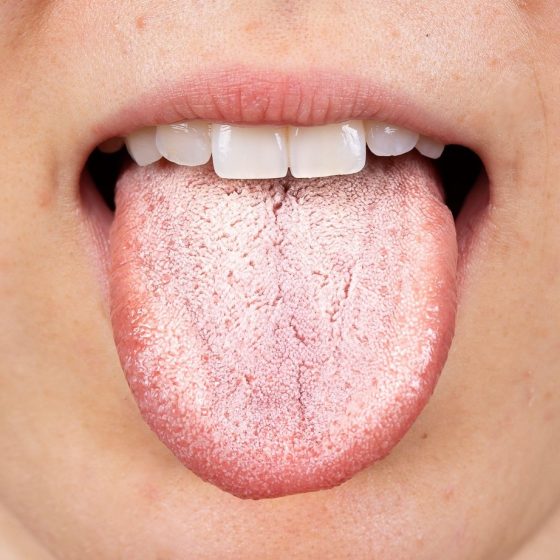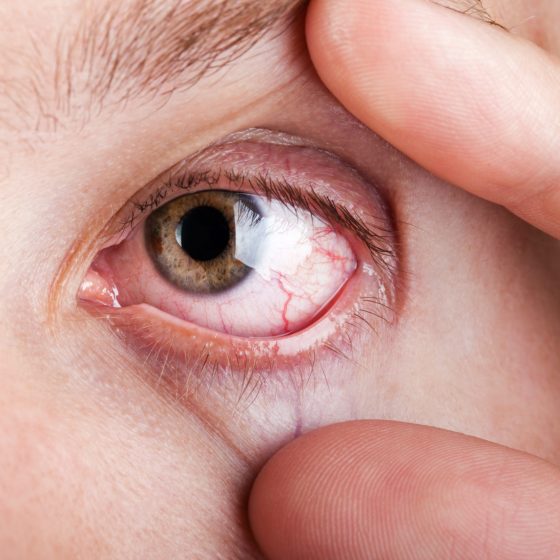Painful sex for women
Painful sex for women Experiencing some pain or discomfort before, during or after sex can affect women of all ages. But there are treatments available, and you can seek help. If you find that sex is often painful, you should visit your doctor to check there are no underlying causes. What is painful sex and what can cause it? Pelvic pain before, during or after vaginal intercourse is called ‘dyspareunia’. Painful sex can be caused by physical or psychological problems. Psychological causes (such as relationship problems, stress and anxiety) can make painful sex worse. Painful sex falls in to 2


